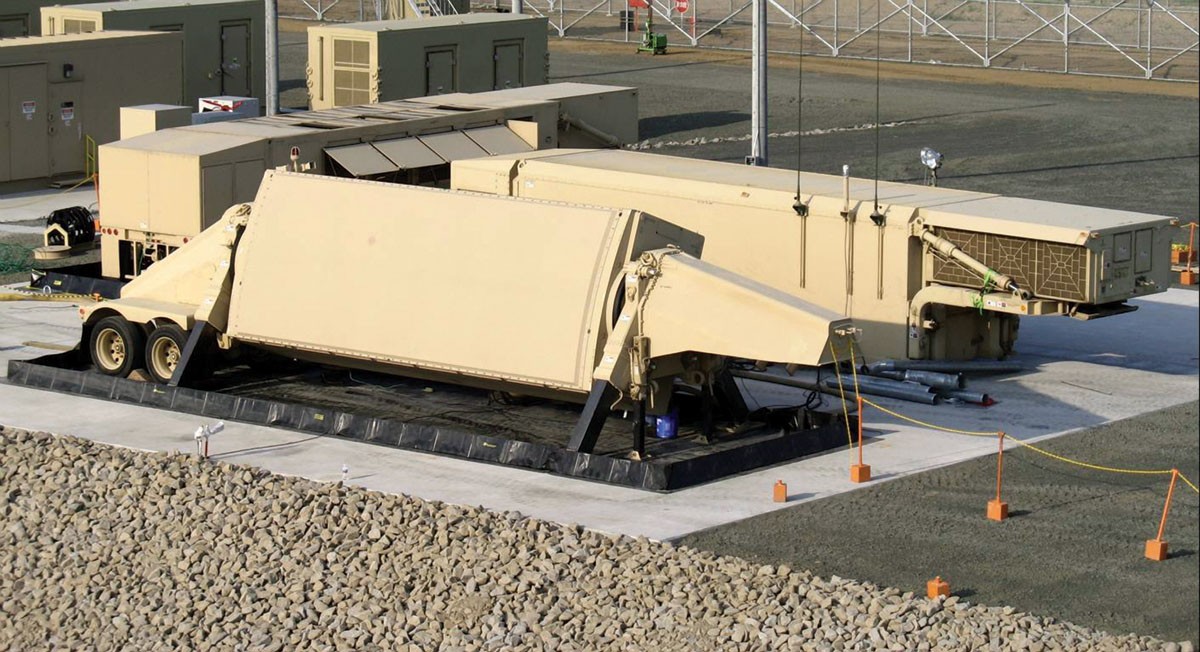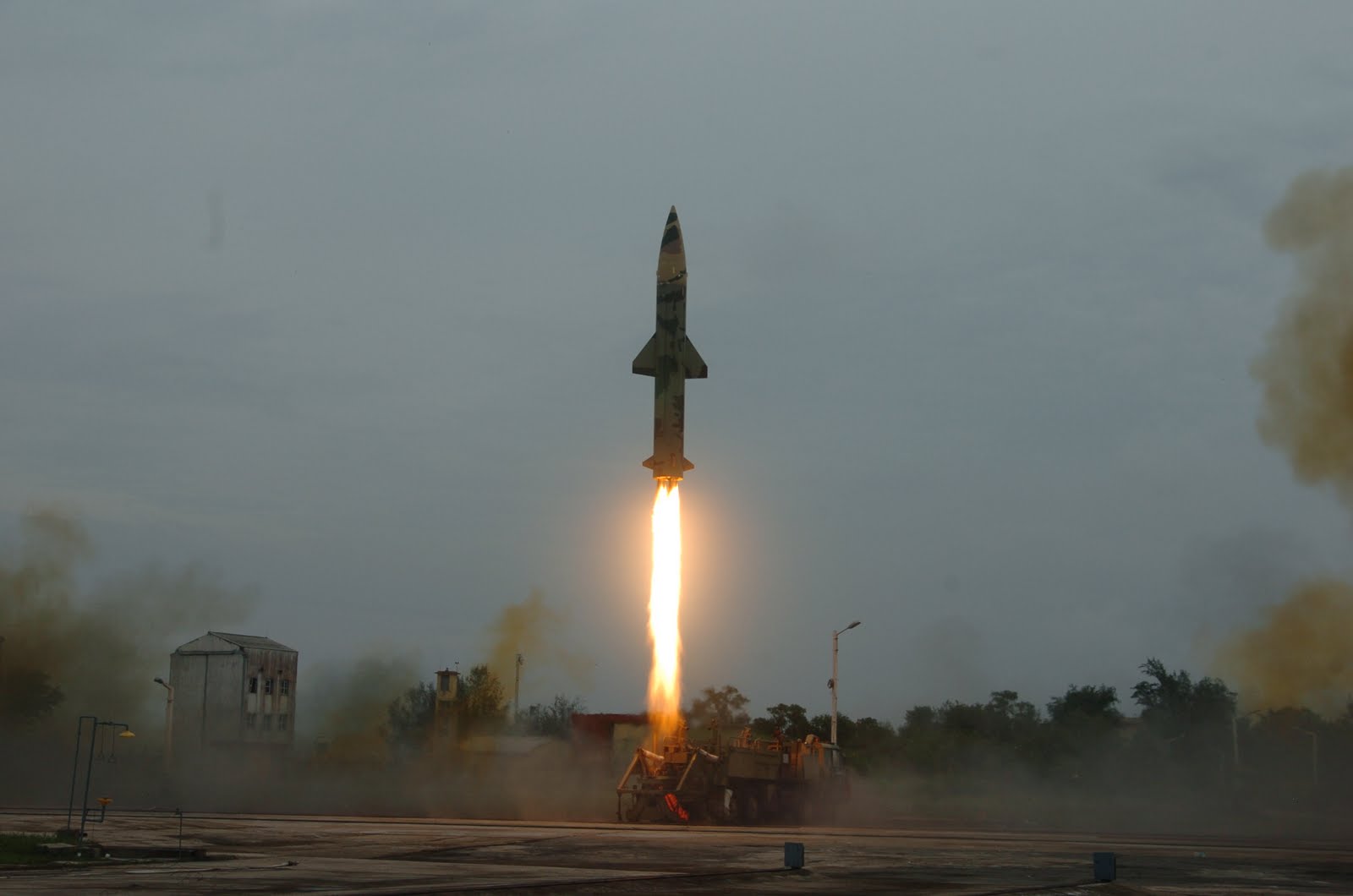Raytheon AN/TPY-2 radar to gain better discrimination of threats and non-threats
The U.S. and its friends and allies will soon have improved defenses against ballistic missile raids — large quantities of simultaneously impacting ballistic missiles. Raytheon Company (NYSE: RTN) has upgraded the computer processor of the AN/TPY-2 ballistic missile defense radar, enabling the system to both perform better during raids and to more quickly and accurately discriminate between a missile’s warhead, and non-threats such as countermeasures.
“We upgraded the AN/TPY-2’s electronic equipment unit (EEU) with a state-of-the-art, commercially available computer processor that has approximately five times the processing power as the previous system,” said Dave Gulla, vice president of Global Integrated Sensors in Raytheon’s Integrated Defense Systems business. “This upgrade ensures the AN/TPY-2 will be able to stay ahead of the growing threat and continue to protect the things that matter.”
AN/TPY-2 is a critical element of the Ballistic Missile Defense System. It is a mobile X-band radar designed to protect civilians and infrastructure in the U.S., deployed warfighters, and allied nations and security partners, from the growing global ballistic missile threat. U.S. intelligence agencies estimate there are more than 6,300 ballistic missiles not controlled by the U.S., NATO, China or Russia. That number is expected to reach almost 8,000 by 2020.
Raytheon delivered the first upgraded EEU to the Missile Defense Agency on Jan 30, 2015. The MDA previously announced it intends to replace the EEU of a fielded AN/TPY-2 with the upgraded EEU, and send the older EEU back to Raytheon to be upgraded. The process will repeat until all ten EEUs in the U.S. inventory are upgraded. This approach is designed to ensure constant radar coverage throughout the entire upgrade process.
In addition to retro-fitting existing EEUs, new Raytheon-built radars for U.S. and international customers will include the upgrade. The new processor also weighs less, requires less power, and occupies less space than the older system.
About AN/TPY-2
AN/TPY-2 is a high resolution, mobile, rapidly deployable X-band radar capable of providing long range acquisition, precision track, and discrimination of short-, medium- and intermediate-range ballistic missiles. The AN/TPY-2 may be deployed globally in either terminal or forward-based mode. In terminal mode, the AN/TPY-2 serves as the search, detect, track, discrimination and fire-control radar for the THAAD weapon system, enabling the THAAD missile to intercept and destroy threats. In forward-based mode, the AN/TPY-2 cues the BMDS by detecting, discriminating and tracking enemy ballistic missiles in the ascent phase of flight.
- AN/TPY-2 has performed flawlessly in both terminal and forward-based mode in all major tests.
- On Oct. 25, 2012, two AN/TPY-2 radars – one terminal and one forward-based – participated in FTI-01, the MDA’s largest and most complex exercise. In a complex raid scenario involving multiple targets, both radars met or exceeded all test objectives.
- On April 15, 2011, a forward-based AN/TPY-2 extended the battlespace by enabling a Standard Missile-3 to launch off remote data and intercept a separating Intermediate Range Ballistic Missile.
- Raytheon has delivered ten AN/TPY-2s to the Missile Defense Agency. Some of those radars are currently helping defend the U.S. and its allies in the European, Pacific and Central Command area of responsibilities.











